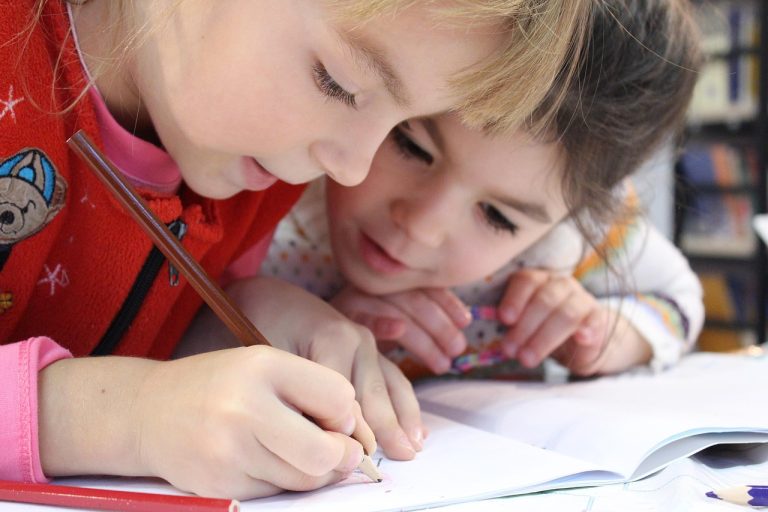Title: Learning Flexibility from Nature: Key Adaptability Lessons from Animals
Introduction:
In our rapidly changing world, the ability to adapt is more critical than ever. Adaptability is not just a beneficial skill in the workplace; it’s a vital survival strategy in life. Interestingly, some of the most fascinating insights into adaptability come not from the boardroom but from the natural world. “Learning Flexibility from Nature: Key Adaptability Lessons from Animals” provides incredible examples of how animals adapt to their changing environments, offering valuable lessons we can apply in our own lives.
The Essence of Adaptability in Nature:
Animals exhibit adaptability in various remarkable ways that ensure their survival and success. From the depths of the oceans to the heights of the treetops, every creature has a unique strategy to cope with environmental changes, predators, and competition. These adaptability lessons from animals are not just about surviving but thriving by making the most of the available resources and opportunities.
Key Adaptability Lessons from Animals:
-
Embracing Change Like the Chameleon:
The chameleon is famous for its ability to change colors, a magnificent example of adaptability. This ability is not just for camouflage but is also used to communicate. The lesson here is clear: adaptability involves flexibility in our approach and being open to use our abilities in new ways according to the situation. -
Innovative Problem Solving Like Crows:
Crows are known for their extraordinary intelligence and problem-solving skills, which they adapt to urban environments. They use traffic to crack nuts and even drop fishing lines to hook their dinner. From crows, we learn that challenges can be met with innovative solutions, urging us to look beyond conventional methods and think creatively. -
Efficient Use of Resources Like the Arctic Fox:
The Arctic fox, which changes its coat color from brown to white for camouflage against the snow, teaches us about efficient resource management. This lesson in adaptability stresses the importance of being resourceful, using what we have tactfully, and changing tactics when required. -
Resilience Like the Dung Beetle:
Known for rolling dung into balls for use as food or breeding chambers, dung beetles are paragons of resilience. They often face obstacles in rolling their dung balls, yet they persist until they reach their destination. Their journey imparts a crucial adaptability lesson: resilience and perseverance can often lead to achieving our goals, no matter the obstacles. -
Social Flexibility Like Wolves:
Wolves live and hunt in packs, which is a testament to their social adaptability. This cooperative spirit, especially in adverse conditions, highlights the importance of teamwork and communication. Learning flexibility from nature here teaches us the strength of cooperative adaptation to overcome challenges that might be insurmountable alone.
Learning Flexibility from Nature: Practical Applications:
-
In Business: Just like the Arctic fox using its surroundings to its advantage, businesses can pivot their strategies based on market climates, making the most of the resources at their disposal.
-
In Personal Development: Like the resilient dung beetle, we can learn to overcome personal challenges and setbacks, using them as stepping stones towards our growth.
-
In Innovation and Creativity: Drawing inspiration from the crow’s problem-solving skills, we can encourage creative thinking and innovation in educational settings and workplaces.
FAQs:
-
What is the significance of learning flexibility from animals?
Animals offer clear, uncomplicated examples of adaptability and provide insights that can be applied in human contexts, from personal development to business strategy. -
Can these animal behaviors be directly translated to human situations?
While the direct translation isn’t always possible, the core principles of adaptability, such as resilience, resourcefulness, and innovative thinking, are universally applicable. -
How can I incorporate these lessons into my daily life?
Begin by embracing change and seeking creative solutions to everyday problems. Be resourceful, and don’t shy away from asking for help or collaborating with others to achieve common goals.
Conclusion:
“Learning Flexibility from Nature: Key Adaptability Lessons from Animals” is not just about understanding nature; it’s about drawing inspiration from it. By observing how animals adapt to their environments, we can learn to be more flexible and resilient in our own lives. Whether it’s changing our approach like the chameleon or tackling problems with innovative thinking like the crow, there’s much to learn from our animal counterparts. The key takeaway is that flexibility and adaptability are skills that can be developed and, once harnessed, can lead to significant achievements in any field of life.
Incorporate these lessons from nature to enhance your adaptability skills, ensuring you thrive in an ever-changing world just like the remarkable creatures around us.



